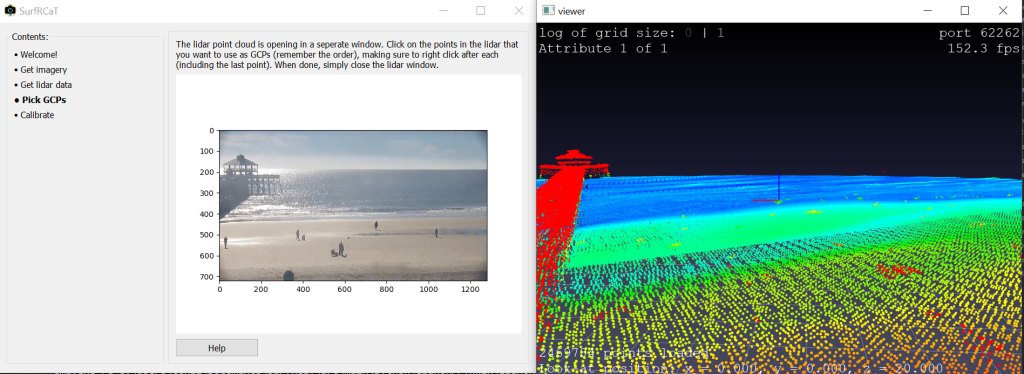
SECOORA’s 2019 Data Challenge Winner, Matthew Conlin, a PhD student at the University of Florida, has developed an easy tool to remotely calibrate web camera images for use in measuring changes in coastal and nearshore environments.
Coastal webcams are a popular tool for observing wave and shoreline conditions at beaches throughout the southeast. Webcams are used for recreational activities, providing an easy way to check on surfing conditions, as well as for environmental research, such as identifying dune erosion after storm events.
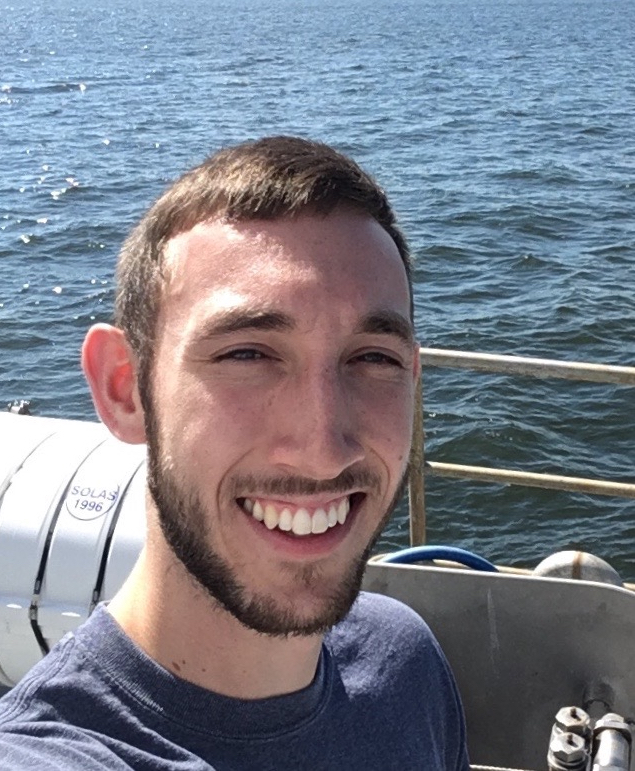
While there are many advantages to using webcams, it is difficult to use the images to accurately (and easily) measure changes in coastal and nearshore environments. However, SECOORA’s 2019 Data Challenge Winner, Matthew Conlin, a PhD student at the University of Florida, has now developed an easy way to remotely calibrate cameras specifically for this purpose.
The Surf-camera Remote Calibration Tool, or SurfRCaT, developed by Conlin is an open-source tool that solves for camera parameters needed to transform webcam landscape images into bird’s-eye-view maps that are scaled and oriented. These maps allow the user to track coastal and nearshore geophysicial processes in real time and can be used, for example, to validate rip-current forecast models or augment existing coastal-zone monitoring activities.
SurfRCaT is an open-source, Python-based application that is available for unrestricted download through GitHub (github.com/conlin-matt/SurfRCaT). While the tool can be applied to most webcam data, specific options were built into SurfRCaT that focuses on the WebCAT web camera array. Along with the source-code, the SurfRCaT packet includes documentation and a step-by-step user guide. Below is a video on the tool.
Compiling these data, SurfRCaT then applies non-linear least-squares techniques to solve the parameters that are required to generate a final map-image. These maps come complete with relative directional distances from the point-of-origin, in meters, and can be used to easily make accurate measurements of environmental change and processes in the nearshore in real-time.
SurfRCaT only works on PC-based platforms; however, Conlin plans to expand this tool to operate on Mac and Unix-based platforms. Additionally, planned improvements include a tool to correct for lens distortion and an image rectification module.
Related news
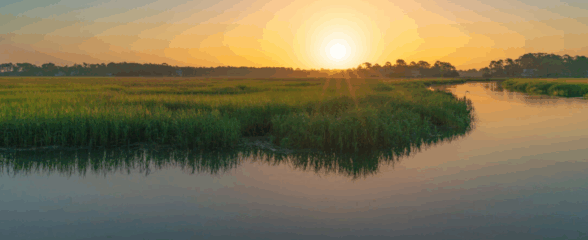
The Sounds of the Sound: Connecting the Port Royal Sound Community with What’s in the Water
Port Royal Sound in Beaufort, South Carolina is a thriving haven for animals, plants, and people. Research focused on listening to the animals that live in the Sound – specifically the resident dolphins – connects the community with the underwater world without having to go swimming.
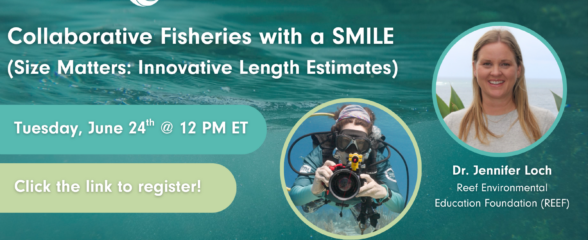
SECOORA Webinar: Collaborative Fisheries with a SMILE (Size Matters: Innovative Length Estimates)
On Tuesday, June 24th at 12 PM ET, Dr. Jennifer Loch from Reef Environmental Education Foundation (REEF) will discuss the SMILE (Size Matters: Innovative Length Estimates) project as part of SECOORA's Coastal Observing in Your Community Webinar Series.
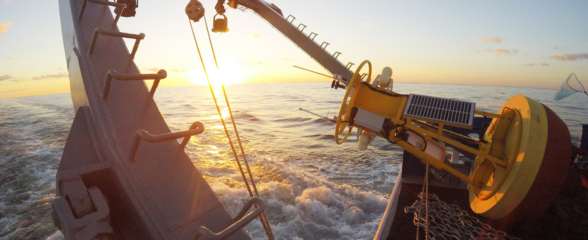
Funding Cuts to NOAA IOOS Will Hurt the Southeast
Proposed federal funding cuts would eliminate the IOOS Regional Observations budget for next year. Contrary to the budget Congress has already approved for this year, the Executive Branch wants these proposed cuts to go into effect in 2025.